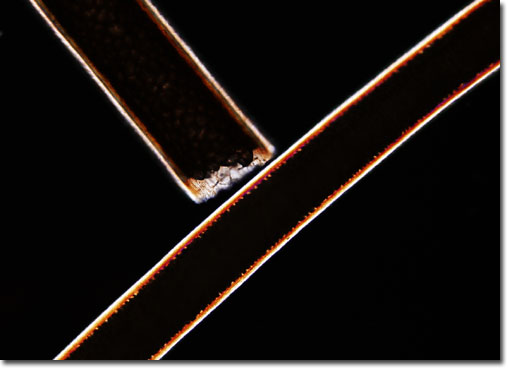|
The short-necked, long-legged mammals called elks in Europe are better known as moose in the United States and Canada. Weighing in at about 1,800 pounds and growing to shoulder heights more than six feet high, these inhabitants of northern regions are the largest affiliates of the deer family, Cervidae. A fleshy protrusion called a dewlap or bell hangs from the throat of the animals, which usually exhibit shaggy brown fur that does not spin well, but is sometimes utilized by fisherman for fly tying. The most notable physical attribute of the European elk is, however, the huge pair of antlers that are displayed by the male. Desire to gain these sizable, bony protuberances as a trophy has inspired many hunters to actively pursue elks, a fact that has decreased their numbers significantly in some parts of their range.
|
